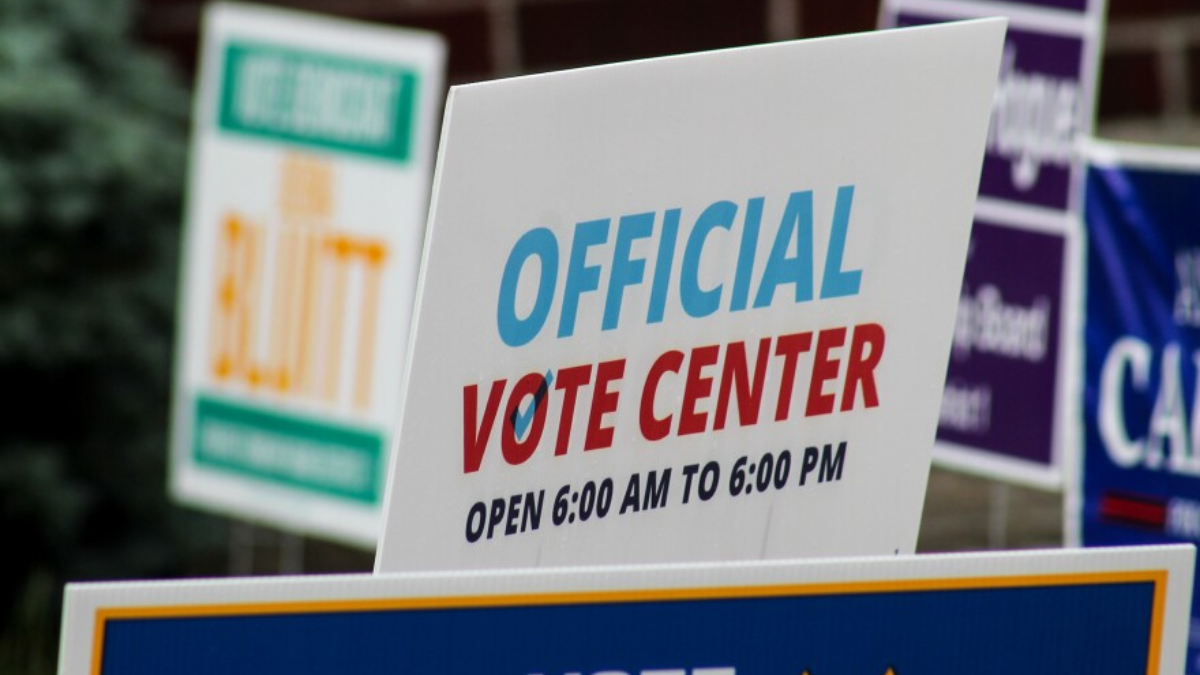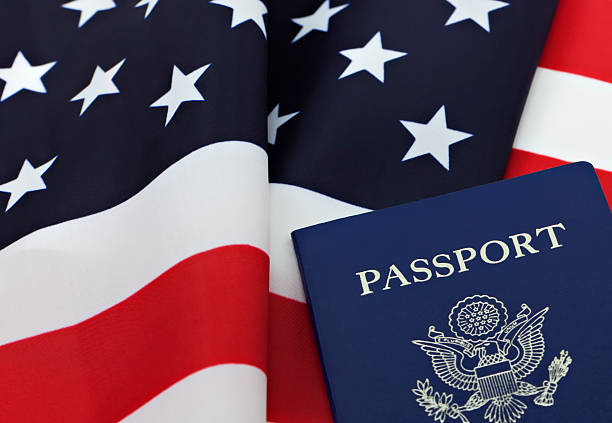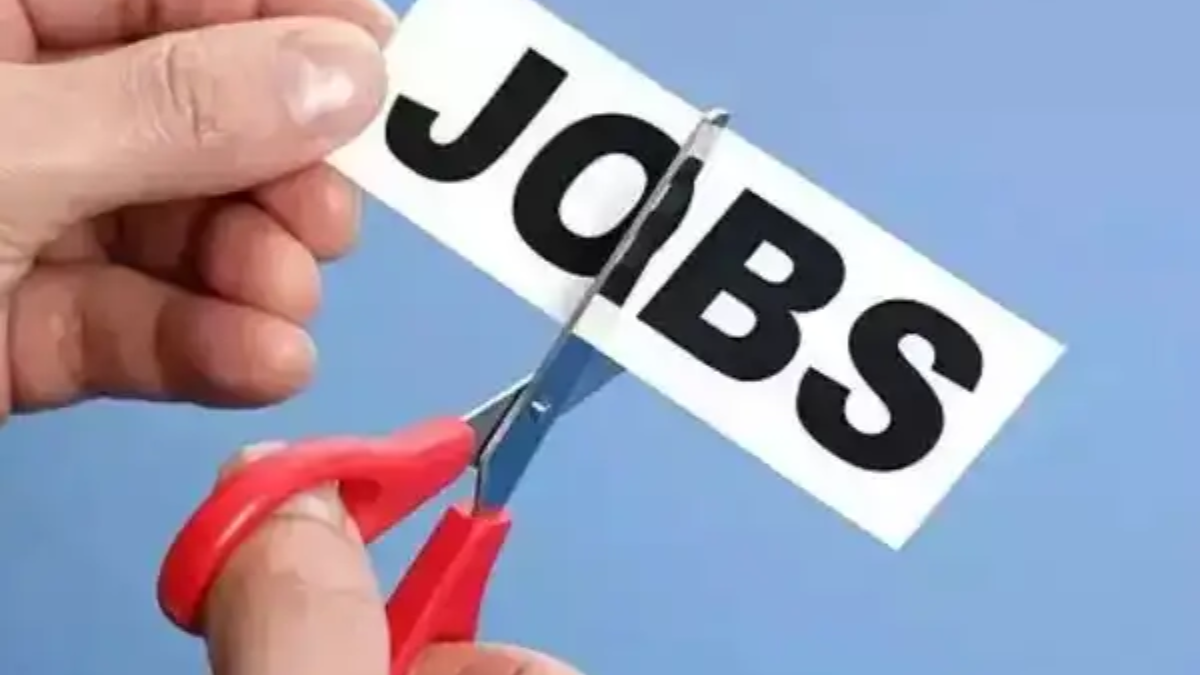Indiana’s municipal elections are set to be aligned with presidential election years following the passing of a new Senate bill. This shift is expected to significantly alter the timing and structure of local elections, with potential ramifications for voter turnout, candidate engagement, and the overall political landscape in the state.
Senate Bill Moves Municipal Elections to Presidential Years
The Indiana Senate recently passed a bill that will move municipal elections, which traditionally take place in odd-numbered years, to coincide with presidential election years. This change is designed to increase voter participation by aligning local elections with the high-turnout presidential races. The bill was introduced in response to concerns that municipal elections, held in non-presidential years, have historically seen lower voter turnout, with many local elections struggling to attract enough attention.
State lawmakers argue that merging municipal elections with the presidential election cycle will bring more focus to local issues, as well as improve representation by encouraging more voters to participate in elections that directly affect their communities. The bill is now awaiting approval from the governor before it becomes law.
Potential Impact on Voter Turnout
One of the primary drivers behind the bill’s introduction is the desire to boost voter turnout in local elections. In recent years, voter participation in Indiana’s municipal elections has been relatively low. For example, during the 2019 municipal elections, only about 25% of eligible voters turned out to cast their ballots in some areas. This is in stark contrast to presidential election years, which tend to see much higher voter engagement, often reaching 60% or more in some regions.
By aligning municipal elections with presidential years, supporters of the bill believe that voter turnout will increase significantly, bringing more people into the democratic process. In addition, local issues such as school boards, town councils, and city budgets will likely receive more attention, given the larger pool of voters participating in the election.
Effects on Campaign Strategy and Candidate Engagement
With municipal elections moving to presidential years, candidates will face new challenges and opportunities. Political consultants and campaign strategists predict that local candidates will need to adapt their strategies to compete with the high-profile races for president, Congress, and other statewide offices.
Candidates running for municipal offices may need to make stronger efforts to stand out in a crowded election cycle. This could lead to more creative and engaging campaigns, as local candidates seek to capture the attention of voters who might otherwise be focused on national issues. Additionally, the increase in voter turnout could give more diverse candidates a greater chance to gain traction in their races.
For local political parties, this shift means adjusting resources to compete during presidential years. Parties may need to bolster their efforts to connect local concerns with national conversations and work harder to mobilize voters who may not typically engage in municipal races.
Concerns and Criticisms
While the bill has garnered support for its potential to increase voter turnout, it has also sparked some criticism. Critics argue that moving municipal elections to presidential years could lead to the overshadowing of local issues by national politics. In a presidential election year, much of the media and public attention is focused on national candidates and debates, potentially drowning out the voices of local candidates and the issues most pertinent to communities.
Furthermore, some local officials and political analysts worry that the shift could lead to a disconnect between the concerns of municipal candidates and the interests of voters who may prioritize national issues over local governance. This could make it more challenging for local leaders to create meaningful, targeted campaigns that speak directly to the needs of their communities.
What’s Next for the Bill?
As the bill moves toward final approval, many local officials are preparing for the changes it will bring. Some have expressed optimism about the potential for increased voter engagement, while others remain cautious about the impact on local issues. Regardless of the opinions surrounding the bill, Indiana’s political landscape is set for a significant shift in the coming years, as municipal elections will now be held alongside presidential races.
Once the bill is signed into law, it is expected to take effect for the 2024 municipal elections, marking the first time in Indiana’s history that local races will coincide with a presidential election year.
Conclusion
The passage of the Senate bill to move Indiana’s municipal elections to presidential years is a significant change that aims to boost voter turnout and increase the attention given to local issues. While there are concerns about the overshadowing of local elections by national campaigns, the move represents a bold effort to improve democratic participation. As the state prepares for the first presidential election cycle with this new structure in 2024, the impact of the shift will likely be felt across local communities, with both opportunities and challenges for candidates and voters alike.
For more information on upcoming elections in Indiana, visit the Indiana Election Commission.
Disclaimer – Our team has carefully fact-checked this article to make sure it’s accurate and free from any misinformation. We’re dedicated to keeping our content honest and reliable for our readers.








